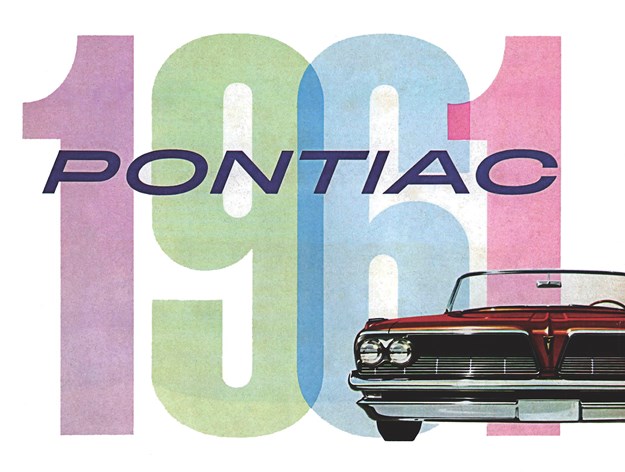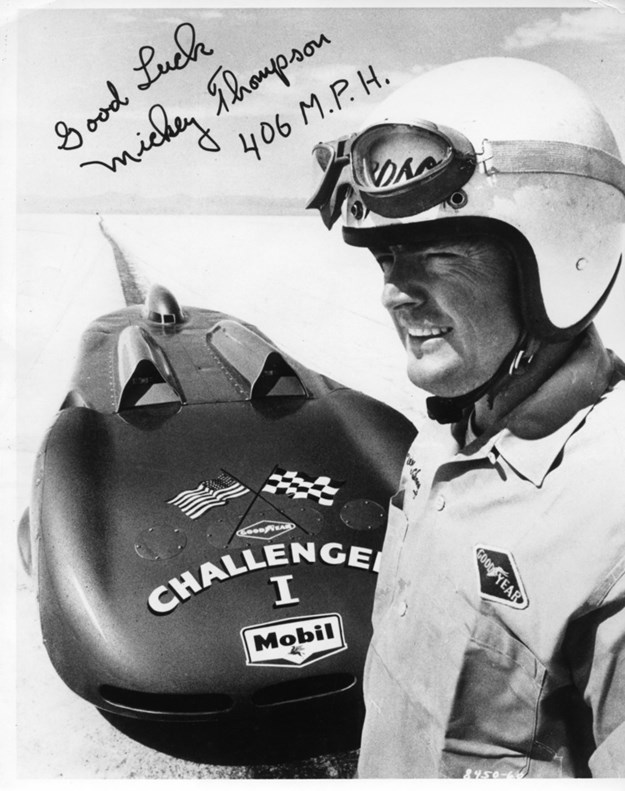The Numbers Game! - Garage Gurus
It sounds as though it's a bit like a Tattslotto draw in Rob's mind, with all those numbers whizzing around.

|
|
The perfect trans-USA cruiser for 1955
|
I’m surprised at times by the variety of things that unexpectedly bring memories of life’s milestones in to sharp focus: a random stranger’s mannerisms for first-love recollections; towns on maps for various lucky escapes; a Cooper S Mini like the Doctor’s for my "I’m a Dad!" day; the motorcycle brand for the book that shifted my thinking.
Many of my car-memory cues involve numbers, often engine cubic-inch numbers: 239 – finally getting a 24-stud 239 ‘Flattie’ for my ’34 Ford; 272 – at last becoming an OHV Y-block man 327 – my one and only crazy day out in a GTS Monaro 351 – my first rush within a whisker of 140mph (if you could believe the GT Falcon’s speedo).
The brand focus for this column came from a number that popped up this morning. That number was ‘389’, the last three digits of a mobile phone number on an invoice. Whether I wanted it or not, Pontiac’s hero-engine from the 1960s – the ‘Tri-Power’ 389 V8 was immediately front and centre of my mind. So, why fight it? It’s time to talk Pontiac with a particular focus on the mighty 389. It’s fair to say my direct Pontiac experience is limited – and while I’ve driven a couple of locally assembled Pontiacs at various stages, they weren’t blessed with ‘389-Power’. Our 1960s Parisiennes and Laurentians were not even blessed with Pontiac engines. GM-H assembled Pontiacs shared quite a bit of componentry with the Chevrolets that ran down the line with them, notably 283 and 327 Chevy powerplants.

In a previous column I reflected on the demise of GM’s B-O-P (Buick-Oldsmobile-Pontiac) group in the USA – the brands that defended the middle-ground between Cadillac at the top of GM’s prestige-tree and the ‘everyman’ Chevrolet at its base. By 2010 Buick was the sole survivor – Oldsmobile, the brand associated with early-adoption of auto-tech developments was retired in 2004, and Pontiac, for a time the General’s performance-brand boasting labels like ‘Wide-Track’, ‘Tri-Power’ and ‘Bonneville’, was pensioned off in late-2009.
My impression of Pontiac’s place in Australian automotive history is the brand existed to some extent in the shadow of its more prominent B-O-P stablemates from the 1930s through to the 1950s. As a result it wasn’t until our early days of television, that I became properly Pontiac-aware in unusual circumstances. I was a ‘car-nut’ school kid enjoying an early episode of the I Love Lucy series when it happened. With the show’s star-duo ‘Lucy’ and ‘Ricky’ having decided to make the big move from NY to LA, they drove there in style in a 1955 Pontiac Star Chief Convertible. Wow, crossing a whole continent in a sexy V8 with the top down. How good would that be? I was suddenly worshipping at the altar of Pontiac. Chevs or home-grown Holdens? Dunno what you’re talking about …
Now, back to my ‘389 = Pontiac’ equation. I blame the heroic achievements of Mickey Thompson at Bonneville in 1960 for it. His ‘Challenger I’ land-speed-record car was powered by four 389s! They were half-generously donated to Thompson by Pontiac boss Bunkie Knudsen as used motors. In much-modified form, they ultimately blasted his virtually backyard-built streamliner across the salt flats at 406.6mph (654km/h). While a mechanical problem on his return run denied him the official land-speed record, I was in awe of what he achieved in what was basically a four-engine hot rod. I enjoy contrasting his achievements with the arguably less impressive efforts of Donald Campbell in ‘Bluebird’, a no-expense-spared pet-project of dozens of Britain’s top companies plus its military. David vs Goliath anyone?

Having established that one 389 is good, and that four 389s are even better, what would we make of half a 389 then? The ‘colourful’ auto executive John DeLorean must have pondered that very question as head of the design team for Pontiac’s 1961 entry-level compact, the Tempest. History shows that DeLorean clearly thought ‘half a 389’ was a damned fine idea. The Tempest’s ‘Trophy-4’ engine was effectively the right bank of a 389 V8. As half of a 90° V8 it was slant-mounted at 45° under the Tempest’s bonnet. It shared most of the V8’s tooling with parts commonality, and could be produced on the same line as its big brother. The Trophy-4 was offered with power outputs from 82kW to 124kW. DeLorean got that right at least.
Unique Cars magazine Value Guides
Sell your car for free right here
Get your monthly fix of news, reviews and stories on the greatest cars and minds in the automotive world.
Subscribe

.jpg)





.jpg)







